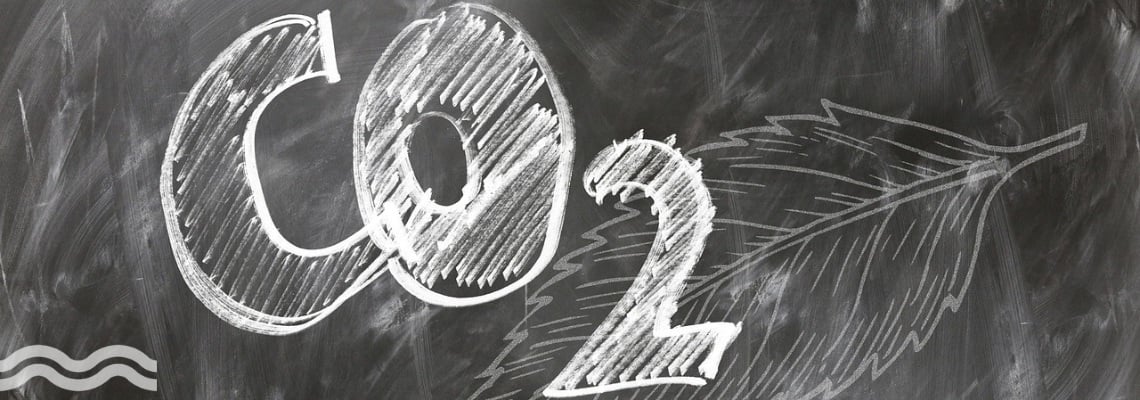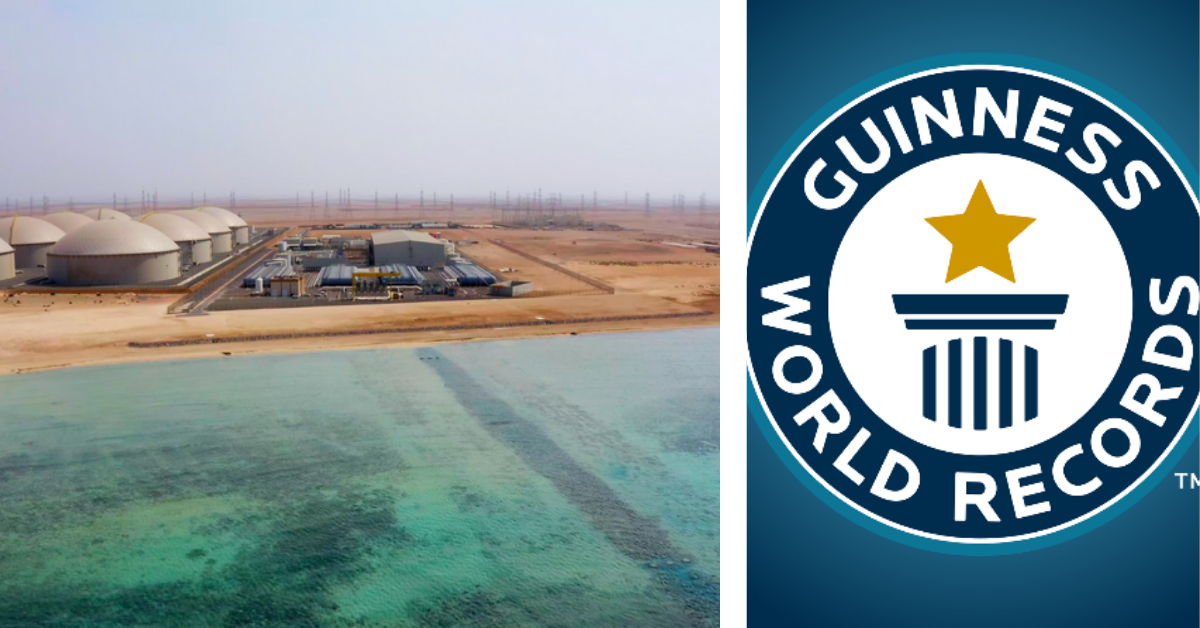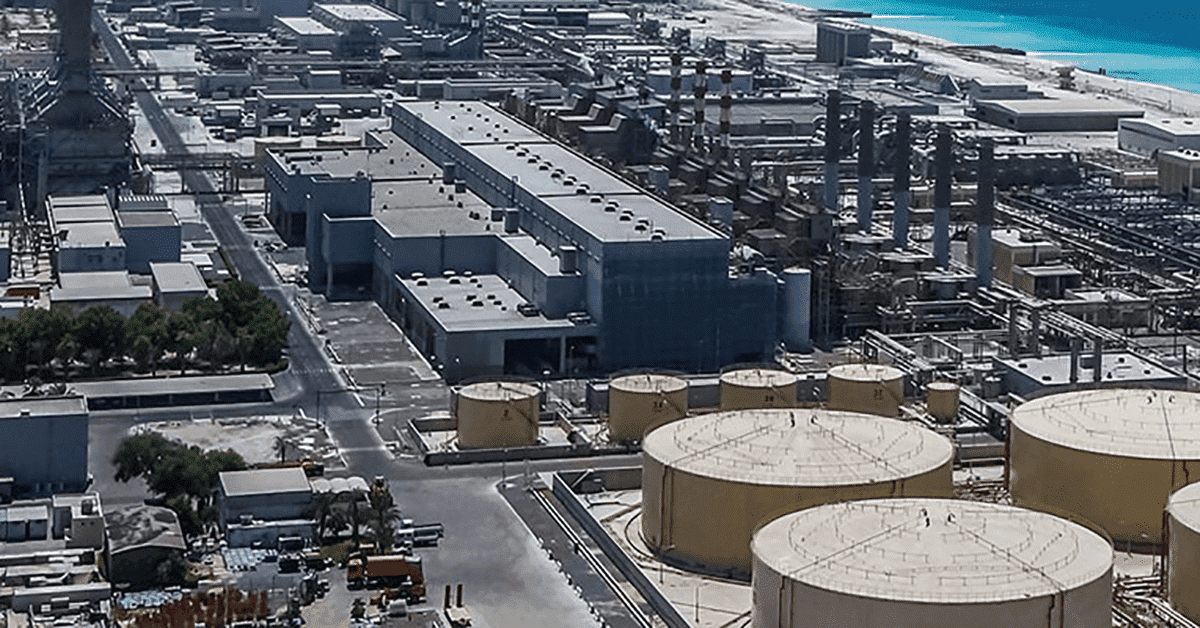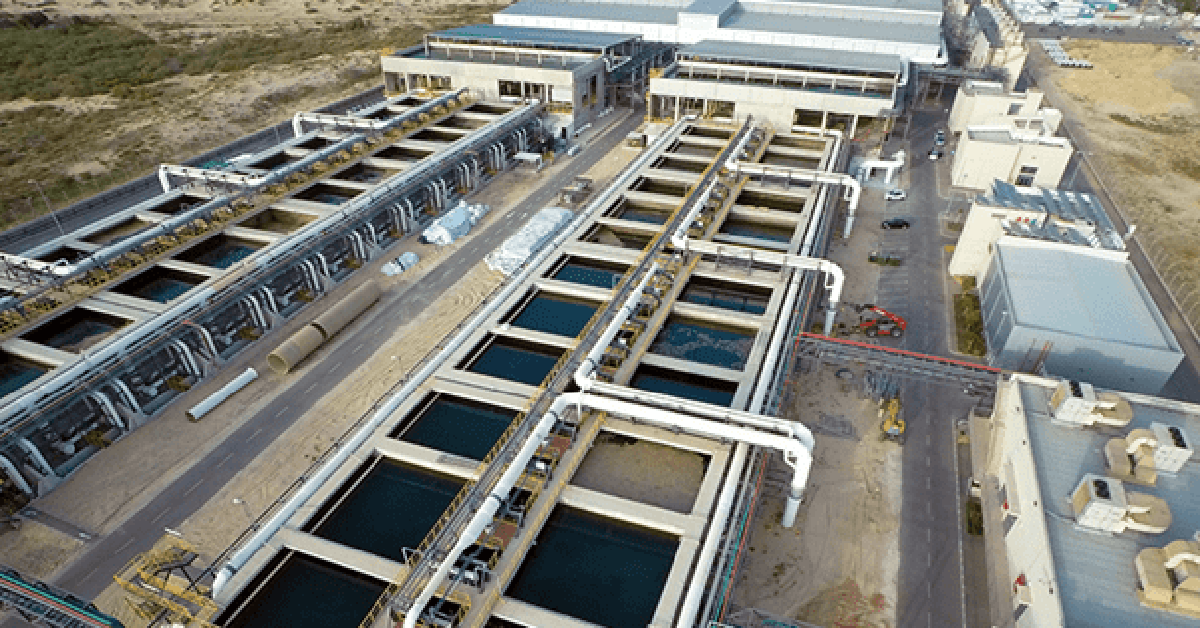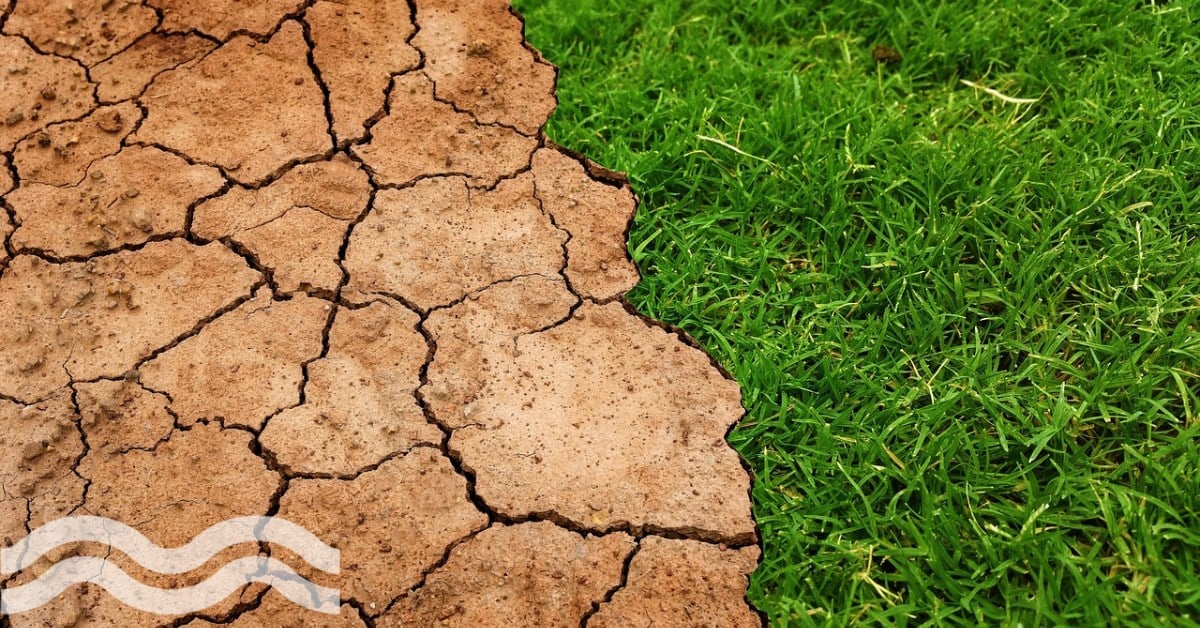Project Octopus: International partnership links desalination and carbon capture
Project Octopus: International partnership links desalination and carbon capture
A new partnership will co-develop the first fully integrated water management and carbon dioxide removal system at a desalination plant in South Korea.
Uniting climate and water for “world first” pilot
A new pilot project in South Korea will use atmospheric carbon capture during the desalination process, thereby linking the climate and water industries.
Called Project Octopus, the project links South Korea water utility, K-water to desalination plant operator, BKT and US climate start-up, Capture6.
Currently under construction in the North-Western part of South Chungcheong Province, the plant will be used to develop technology that will capture CO₂ from the atmosphere, recover freshwater, minimise brine discharge, and extract green chemicals from wastewater.
The partnership follows a period of collaboration between Capture6 and South Korean companies that began in April last year when the US company signed a strategic cooperation deal with BKT.
In the same month, VC Sopoong chose Capture6 as its first US tech start-up investment. Since then it has worked with the Kakao Foundation and won Korea International Water Week’s World Water Challenge 2023.
A testing ground for new technologies
The area around the facility is home to the Daesan Industrial Complex, which accounts for 40 per cent of South Korea’s total petrochemical production and produces large volumes of greenhouse gas emissions.
Regionally, the province has been suffering from water scarcity caused by severe droughts and a reliance on external water resources.
While on a national level, the Korean government has set a goal of achieving carbon-neutrality by 2050. To help achieve this, K-water has been inviting private companies to use its facilities, to develop, test and verify new technologies.
How does the process work?
Capture6’s process uses salt extracted from wastewater as a feedstock for a liquid sorbent. This traps CO2 from the air, which is then mixed with calcium to produce a limestone, or chalk-like mineral, that keeps the greenhouse gas from escaping back into the atmosphere.
One by-product of the carbon removal process is fresh water. The technology also generates minerals like potassium and magnesium and produces 'green' chemicals such as hydrochloric acid and calcium carbonates.
The latter are currently derived from fossil fuels and imported to South Korea, so the facility will help provide a local and sustainable supply of key industrial chemicals. This aligns with South Korea’s goal to achieve net zero emissions by 2050, with digital water solutions playing a big part.
Will this solve carbon capture’s problems?
Modern carbon capture technologies usually come with a high energy cost and with desalination plants using high amounts of energy, there is a danger that full-integrated water and carbon systems might not be viable, commercially or environmentally.
However, the Capture6 system is designed to operate at more energy-efficient, ambient temperatures than most contemporary technologies, opening up the possibility of plants powered by renewable energy in the future.
Capture6’s technology aims to help minimise the impact of the surrounding industrial complexes. There are plans for a commercial-scale facility (2026) that will capture as much as 500,000 metric tonnes of CO2 each year. Yet, this is a fraction of the estimated 17 million metric tons of CO2 the Daesan plant releases annually.
We promise never to send you spam and you can unsubscribe at any time!
